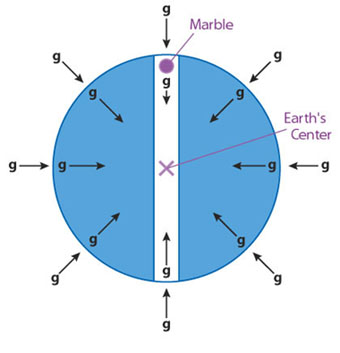Most heart attacks occur as a result of coronary artery disease (CAD). CAD is the buildup over time of a material called plaque on the inner walls of the coronary arteries. Eventually, a section of plaque can break open, causing a blood clot to form at the site. A heart attack occurs if the clot becomes large enough to cut off most or all of the blood flow through the artery. The blocked blood flow prevents oxygen-rich blood from reaching the part of the heart muscle fed by the artery. The lack of oxygen damages the heart muscle. If the blockage isn’t treated quickly, the damaged heart muscle begins to die. Common signs that a person is having a heart attack are chest pain and upper body discomfort in one or both arms, the back, neck, jaw, or stomach.
What can you infer about the coronary arteries?
They carry blood
Explanation
Blood in the coronary arteries is “oxygen-rich,” which means it has just come from the lungs, and the clot blocks that blood from reaching the part of the heart muscle fed by the artery.
Visit our website for other GED topics now!




